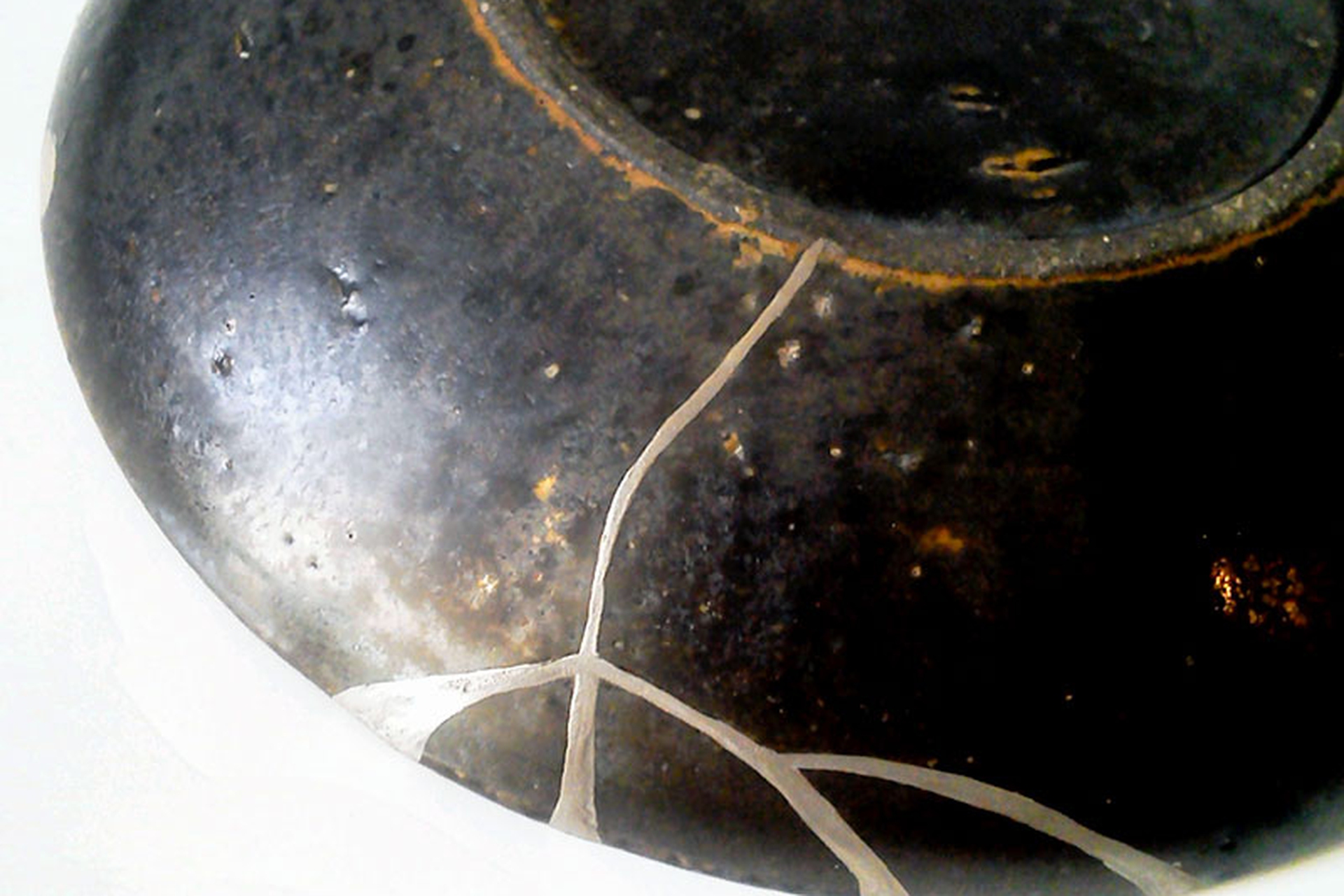

Read more: The Origin of the 30,000-Year-Old Venus of Willendorfįrom: Starting about 3,400 years ago, Gulf Coast, Central America In any case, the supposed sex appeal didn’t last: On a 5 point scale from unattractive to extremely attractive, Venus of Willendorf received an average rating of 0.14 in a 2011 survey of 161 undergraduates. It’s unclear why Ice Age people carved these figurines, with researchers proposing they served as fertility symbols, self-portraits or pornographic items. Although modern scholars call these artifacts Venuses, after the Roman goddess of love and fertility, the actual sculptors lived at least 20 millennia before Classical Rome. Throughout the 1900s and 2000s, several other digs occurred there, with ever-improving methods, which unearthed two less-famous Venus figurines and hundreds of stone tools.Īcross Europe, nearly 200 similar statuettes have surfaced from sites between 23,000 and 40,000 years old. Braids, or perhaps a knit cap, cover her head, and specks of pigment suggest the tan limestone artifact was once painted red.Īrchaeologists found the figurine in 1908, about a week into excavations at Willendorf II, an Austrian site along the Danube River, roughly 50 miles from Vienna.

The four-inch-tall figurine bears pronounced breasts, buttocks, belly and vaginal lips, but lacks feet or facial features. Short, fat and nearly 30,000 years old, Venus of Willendorf is the female icon of the Ice Age. Now: Natural History Museum Vienna in Austria (Credit: Bjørn Christian Tørrissen/Wikimedia Commons)


 0 kommentar(er)
0 kommentar(er)
